Stationary bike vs. indoor rowing machine: which is best for your workout?
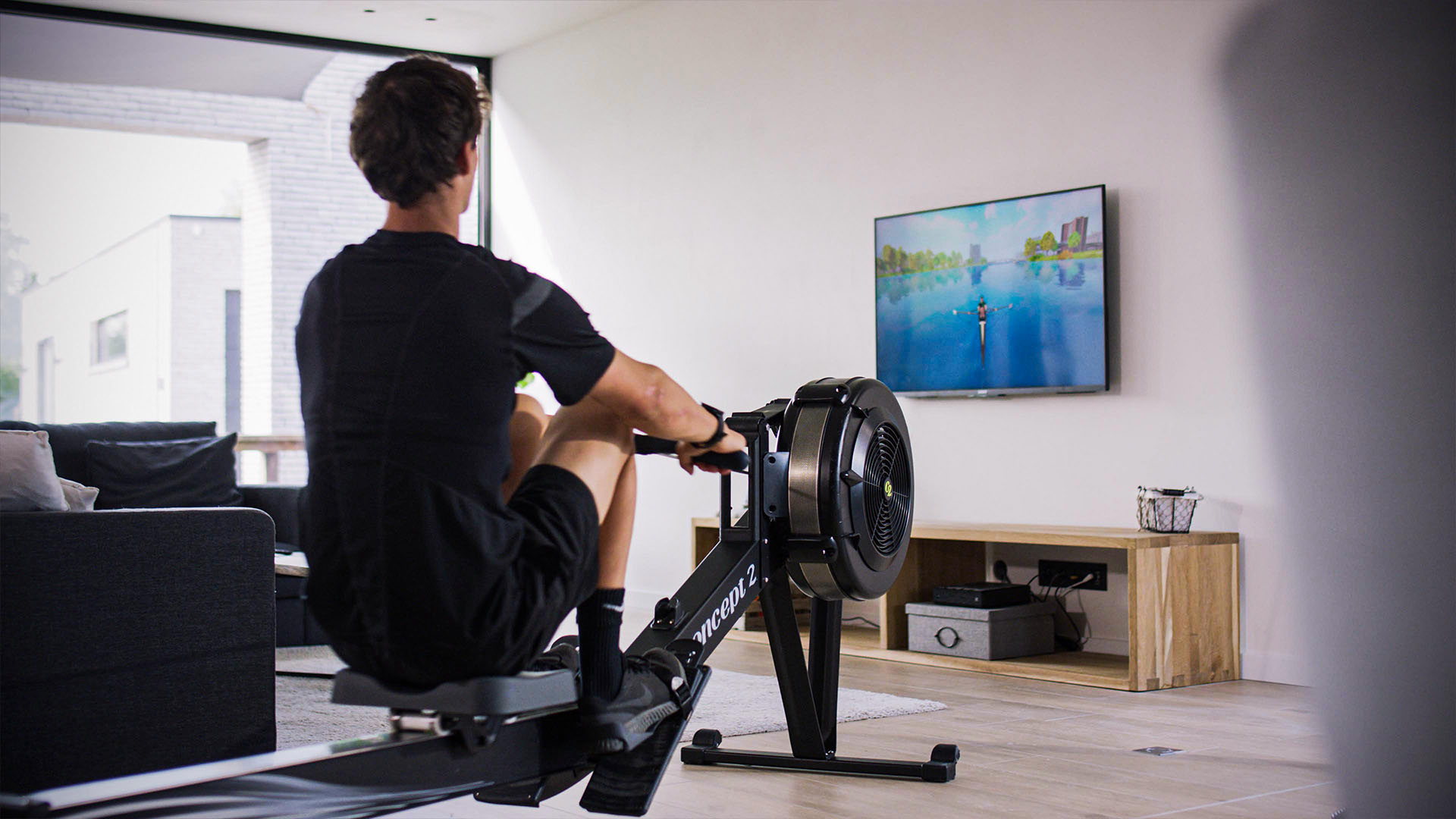
read
When it comes to cardio equipment, two of the most popular options are stationary bikes and indoor rowing machines. While both of these machines can provide a great workout, there are some key differences between them that can impact which one is right for you. In this blog post, we'll take a closer look at stationary bikes and indoor rowing machines to help you decide which one is better for your workout.
Stationary bikes
Stationary bikes are a type of cardio equipment that simulates outdoor cycling. They come in different styles, including upright, recumbent, and spin bikes. Upright bikes resemble traditional outdoor bikes, with the pedals positioned below the body and the handlebars positioned in front. More specifically, indoor trainers or so-called rollers can be connected to actual outdoor bikes to train with an adjustable resistance that gives you the feeling of cycling outdoors. Recumbent bikes have a reclined seat and a backrest for added comfort, while spin bikes have a heavier flywheel and allow for a more intense workout.
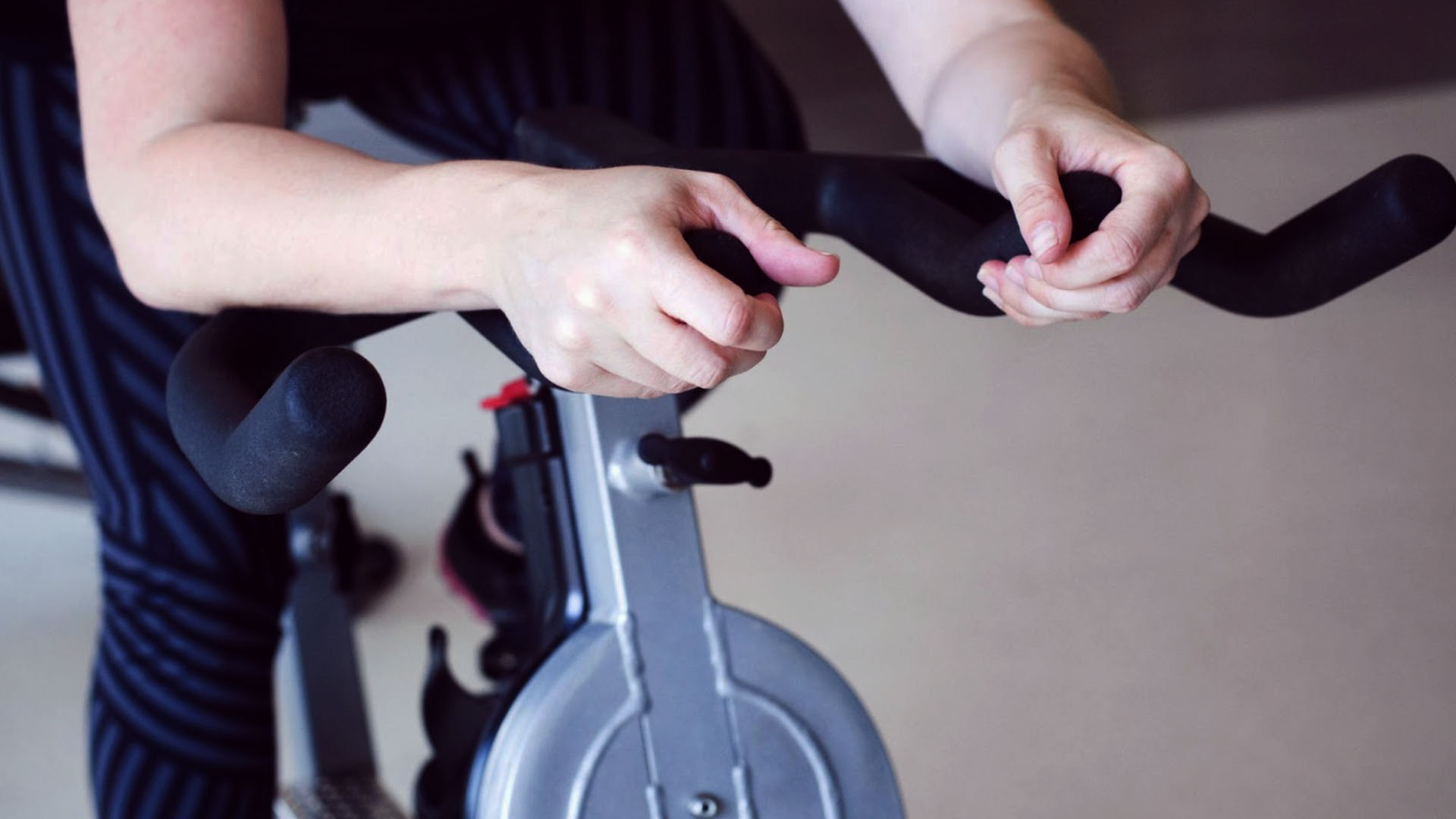
The benefits of using stationary bikes for exercise include
- Low-impact: Stationary bikes are easy on the joints, making them a great option for people with joint pain or injuries.
- Cardiovascular health: Stationary bikes provide a good cardio workout that can help improve heart health and endurance.
- Lower body workout: Stationary bikes primarily work the lower body, including the glutes, quads, hamstrings, and calves.
- Adjustable resistance: Most stationary bikes allow you to adjust the resistance level to simulate different outdoor cycling conditions, such as hills or flat terrain.
Indoor rowing machines
Indoor rowers are a type of cardio equipment that simulates rowing, which is a water sport. There are different types of indoor rowing machines, including air resistance, water resistance, and magnetic resistance machines. Air resistance machines use a flywheel, while water resistance machines use paddles in a water tank to create resistance. Magnetic resistance machines use a magnet to control resistance levels.
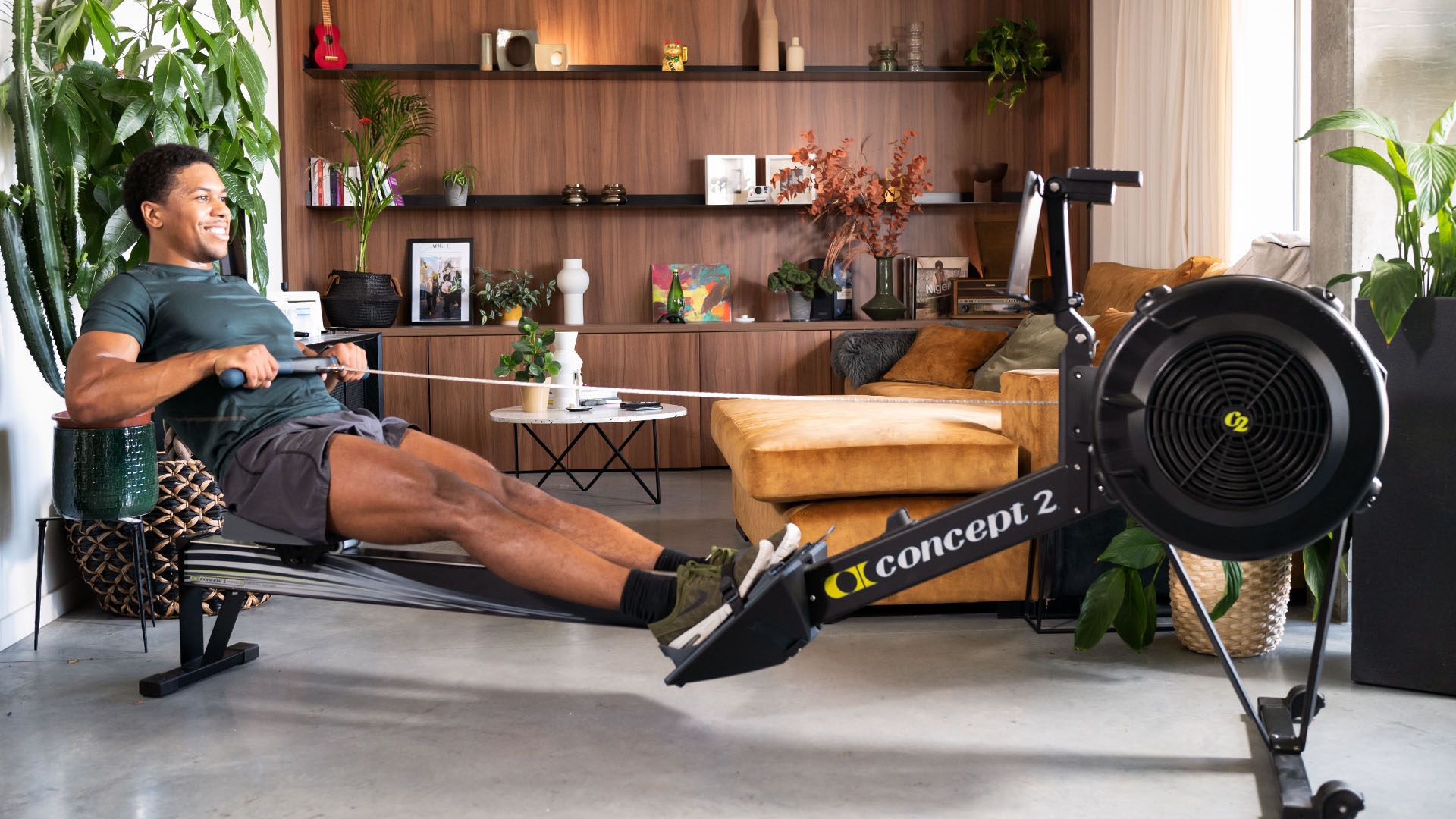
The benefits of using indoor rowing machines for exercise include
- Cardiovascular health: Indoor rowing machines provide a good cardio workout that can help improve heart health and endurance.
- Low-impact: Like stationary bikes, indoor rowing machines are also low-impact, making them a good option for people with joint pain or injuries.
- Full-body workout: Indoor rowing machines work the legs, core, back, and arms, providing a full-body workout.
- Adjustable resistance: Most indoor rowing machines allow you to adjust the resistance which simulates changing the boat size/weight.
Apps to enhance your workouts
If you're looking to take your stationary bike or indoor rowing machine workouts to the next level, there are a variety of apps you can use to add excitement and motivation to your routine. Here are two popular options:
Zwift
Zwift is the most popular virtual training app for your smart bike. It allows you to ride through various scenic routes while racing against other cyclists from around the world. It offers a wide range of workouts and training plans, as well as group rides and races, making it a great option for anyone looking to stay engaged and challenged on their indoor bike.
EXR
EXR is an app specifically designed for indoor rowing machines from Concept2 and Waterrower to smaller brands, offering fitness-based workouts and training plans to help improve your rowing skills and build endurance. EXR has the world's biggest virtual rowing community with members being active all around the clock. With personalized goals, online rowing with friends and real-time performance tracking, EXR can help you get fit by motivating you to train more on the rowing machine.
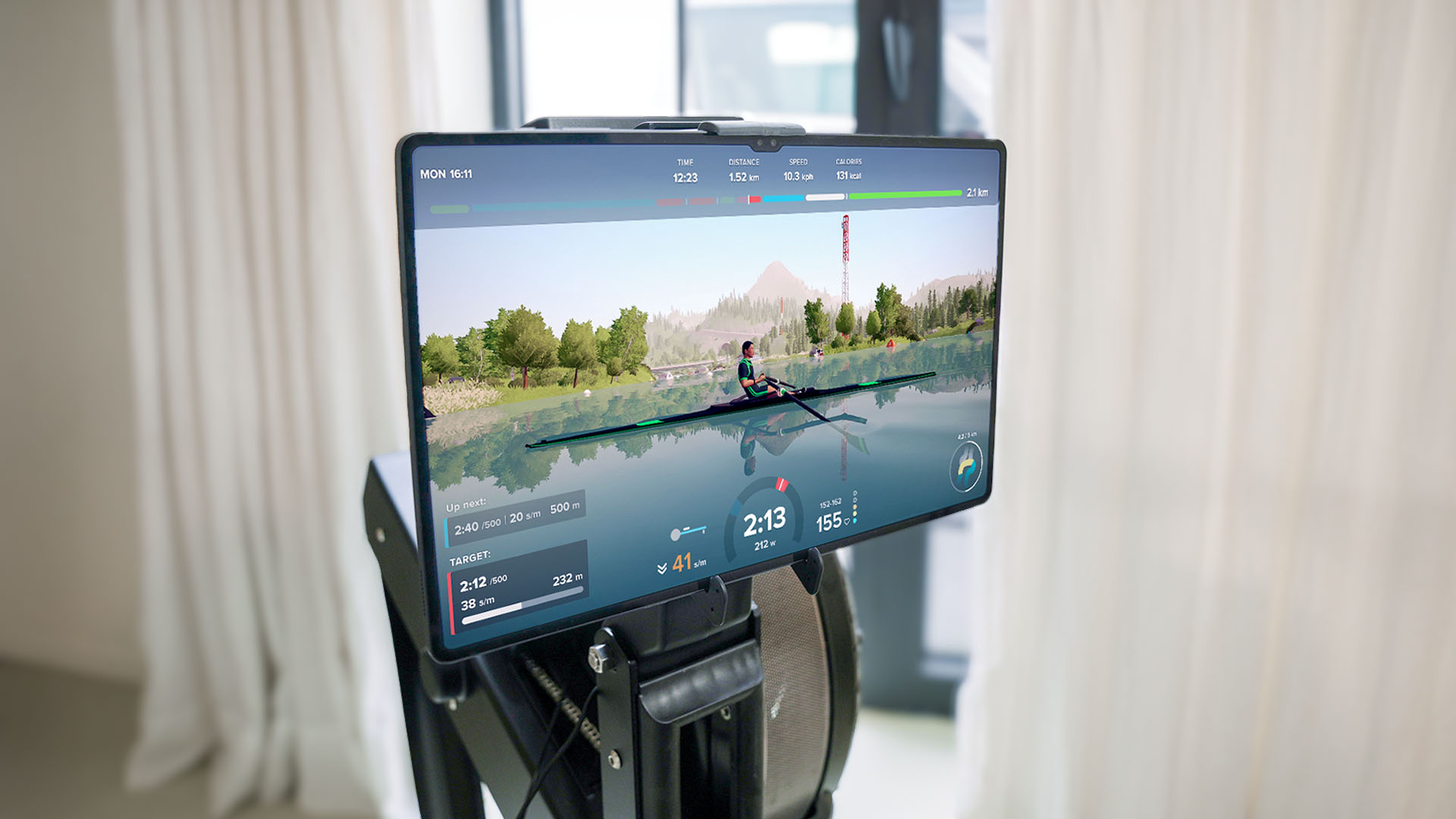
By incorporating these best apps for the rowing machines and indoor bikes into your workouts, you can make your at-home training more interactive and engaging, helping you stay committed to your fitness routine.
Comparison of stationary bikes and indoor rowing machines
When it comes to comparing stationary bikes and indoor rowing machines, there are several factors to consider:
Cardiovascular benefits
Both stationary bikes and indoor rowing machines provide an effective cardiovascular workout that can help improve your heart health and increase your endurance. However, the way they achieve these benefits is slightly different.
Stationary bikes primarily work your lower body muscles, including your quadriceps, hamstrings, glutes, and calves. As you pedal, you increase your heart rate and breathing, which helps improve your cardiovascular fitness.
Indoor rowing machines, on the other hand, provide a full-body workout that can help improve your strength and endurance. Rowing works your legs, back, core, arms, and shoulders, and engages multiple muscle groups at once. This can lead to a more intense workout that burns more calories and improves your overall fitness.
Impact on joints
For those with joint pain or injuries, the impact of exercise can be a concern. Stationary bikes are low-impact and only lightly engage your upper body, meaning they put less stress on your joints compared to other forms of exercise like running or jumping. This makes them a good option for people with shoulder or hand problems.
Indoor rowing machines are also low-impact, but they do require proper technique and form to avoid strain on your back and shoulders. If done correctly, rowing can actually help improve your posture and reduce back pain, but it's important to start slowly and progress gradually.
Calories burned
Both stationary bikes and indoor rowing machines can help you burn a significant amount of calories during your workout. However, the exact number of calories you burn depends on several factors, including your weight, age, gender, and intensity level.
According to Harvard Health, a 155-pound person can burn around 260 calories during 30 minutes of moderate stationary biking, and around 260-311 calories during 30 minutes of moderate indoor rowing. However, these numbers can vary based on individual factors and the intensity level of your workout.
It's important to remember that while burning calories is important for weight loss and overall health, it's not the only factor to consider when choosing a workout. You should also focus on building endurance, and strength, and improving your overall fitness level. A combination of both stationary biking and indoor rowing can help you achieve your goals and maintain a well-rounded fitness routine.

Muscle engagement
As mentioned earlier, stationary bikes primarily work your lower body muscles, while indoor rowing machines engage your entire body. This means that rowing can help you build more muscle and increase your overall strength.
Rowing works your legs, back, core, arms, and shoulders, and can help improve your posture and reduce back pain. It's also a good option for those looking to cross-train or add variety to their workouts.
Ease of use
Both stationary bikes and indoor rowing machines are relatively easy to use, but they do require some technique and adjustment to get the most out of your workout.
Stationary bikes are straightforward — you simply sit on the seat and pedal. However, you may need to adjust the seat and handlebars to find a comfortable position and avoid strain on your back or knees.
To adjust the seat, stand next to the bike and adjust the seat height so that it's level with your hip bone. Then, sit on the bike and place your feet on the pedals. Pedal backward until one of your legs is fully extended with your heel on the pedal. At this point, your knee should be slightly bent. If your knee is straight or too bent, adjust the seat height accordingly.
For the handlebars, adjust them so that they're level with the seat or slightly higher. This will help you maintain good posture and reduce strain on your back. Make sure the handlebars are not too far away or too close to you, and that your elbows are slightly bent when holding onto them.
It's also important to note that everyone's body is different, so it may take some trial and error to find the perfect adjustment for your body.
Indoor rowing machines require a bit more technique, as you need to coordinate your movements and use proper form to avoid injury. It's important to start with low resistance and focus on your technique before increasing the intensity or duration of your workout.
Choosing the right machine for your workout
When deciding between a stationary bike and an indoor rowing machine, consider your fitness goals, any injuries or joint pain, and your personal preferences. Here are some factors to consider:
Fitness goals
If you're primarily looking to improve your cardiovascular health and work your lower body, a stationary bike may be the better option. If you're looking for a full-body workout that can help build more muscle, an indoor rowing machine may be the better option.
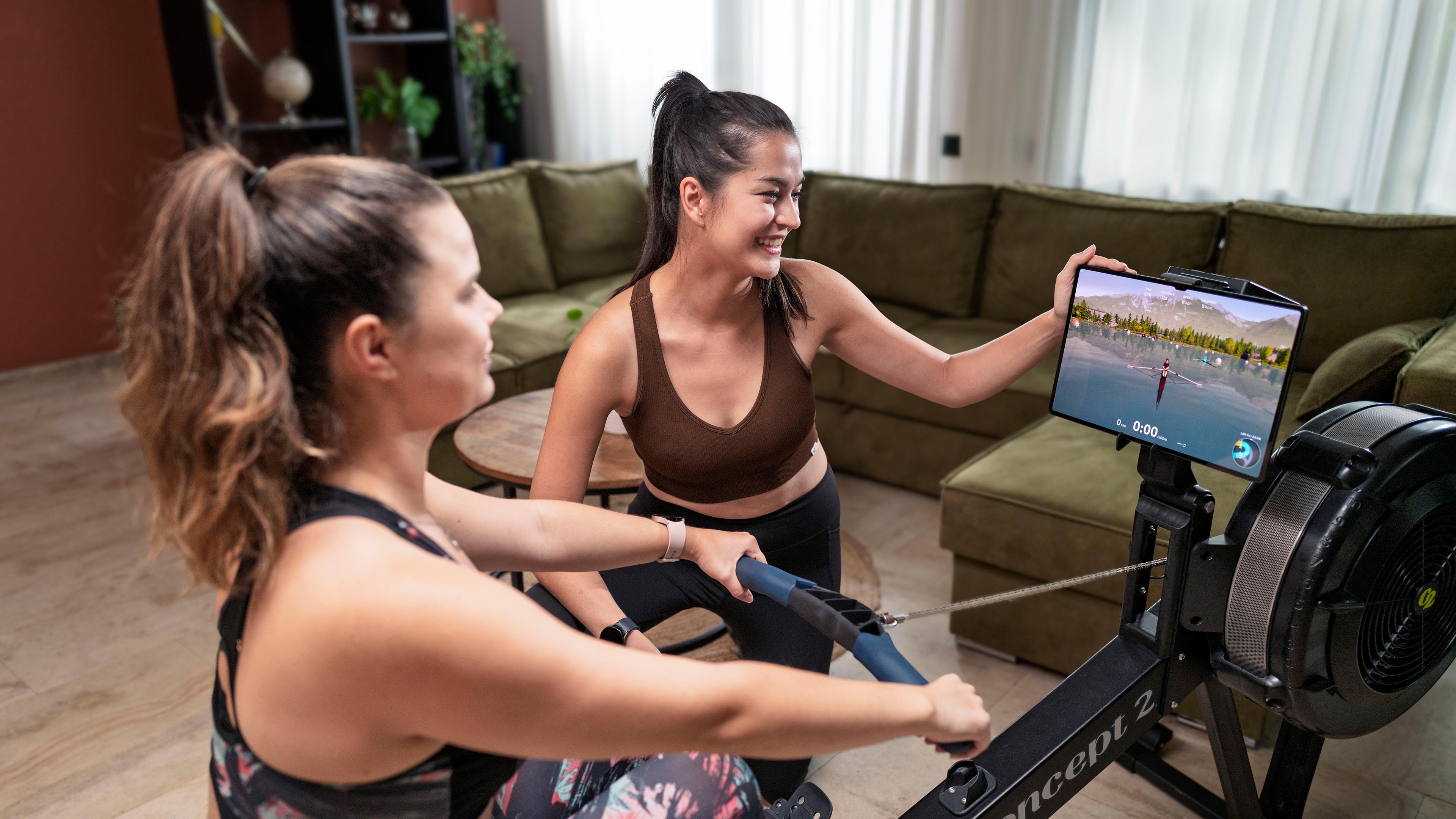
Injuries or joint pain
If you have joint pain or injuries, a stationary bike is generally a low-impact option that primarily works the lower body. An indoor rowing machine offers unique advantages for strengthening back and core muscles, which can help improve posture and reduce back pain. However, it's important to note that proper technique is essential when using a rowing machine to avoid exacerbating existing injuries or creating new ones.
Personal preferences
Your personal preferences including budgeting and already available training tools can also play a role in deciding which machine to use. If you enjoy cycling and outdoor biking, a stationary bike may be a more natural choice for you. However, if you enjoy water sports and rowing, an indoor rowing machine may be more appealing.
Conclusion
Both stationary bikes and indoor rowing machines can provide an effective cardio workout, but they have different benefits and drawbacks that you should consider. When deciding which machine to use, it's important to think about your fitness goals, any injuries or joint pain, and your personal preferences. With the right machine, you can achieve your fitness goals and stay motivated to exercise regularly.
If you're interested in trying out indoor rowing, consider starting the 14-day free EXR trial and discover how these machines can take your fitness to the next level.
